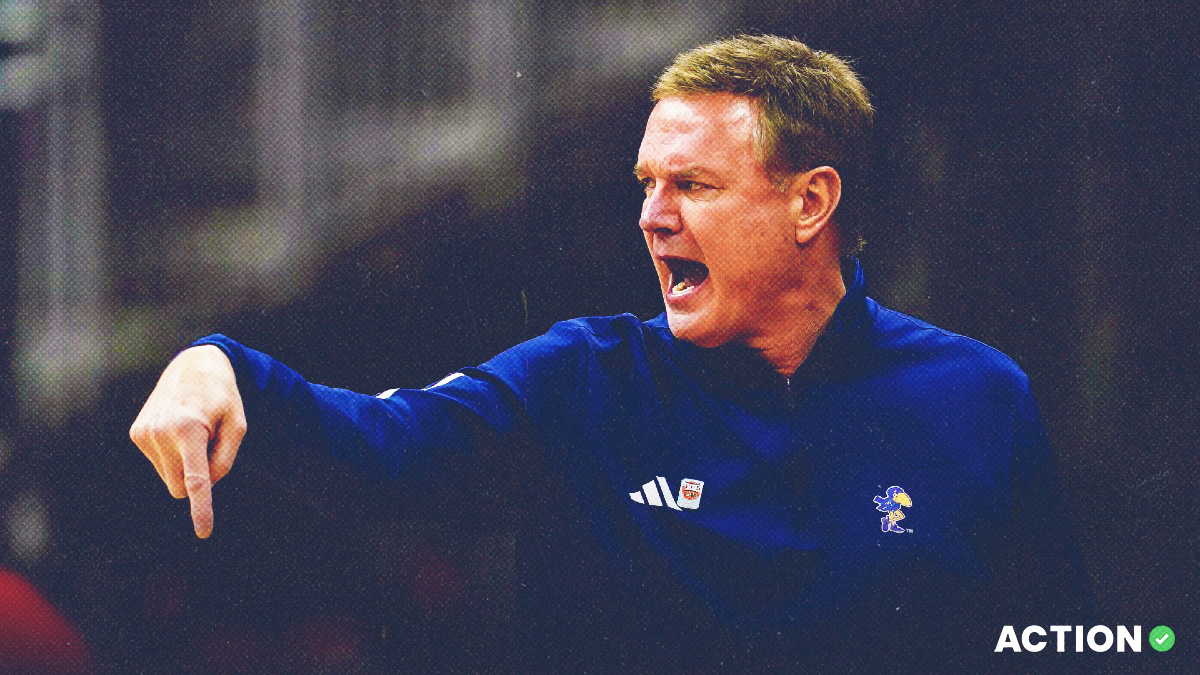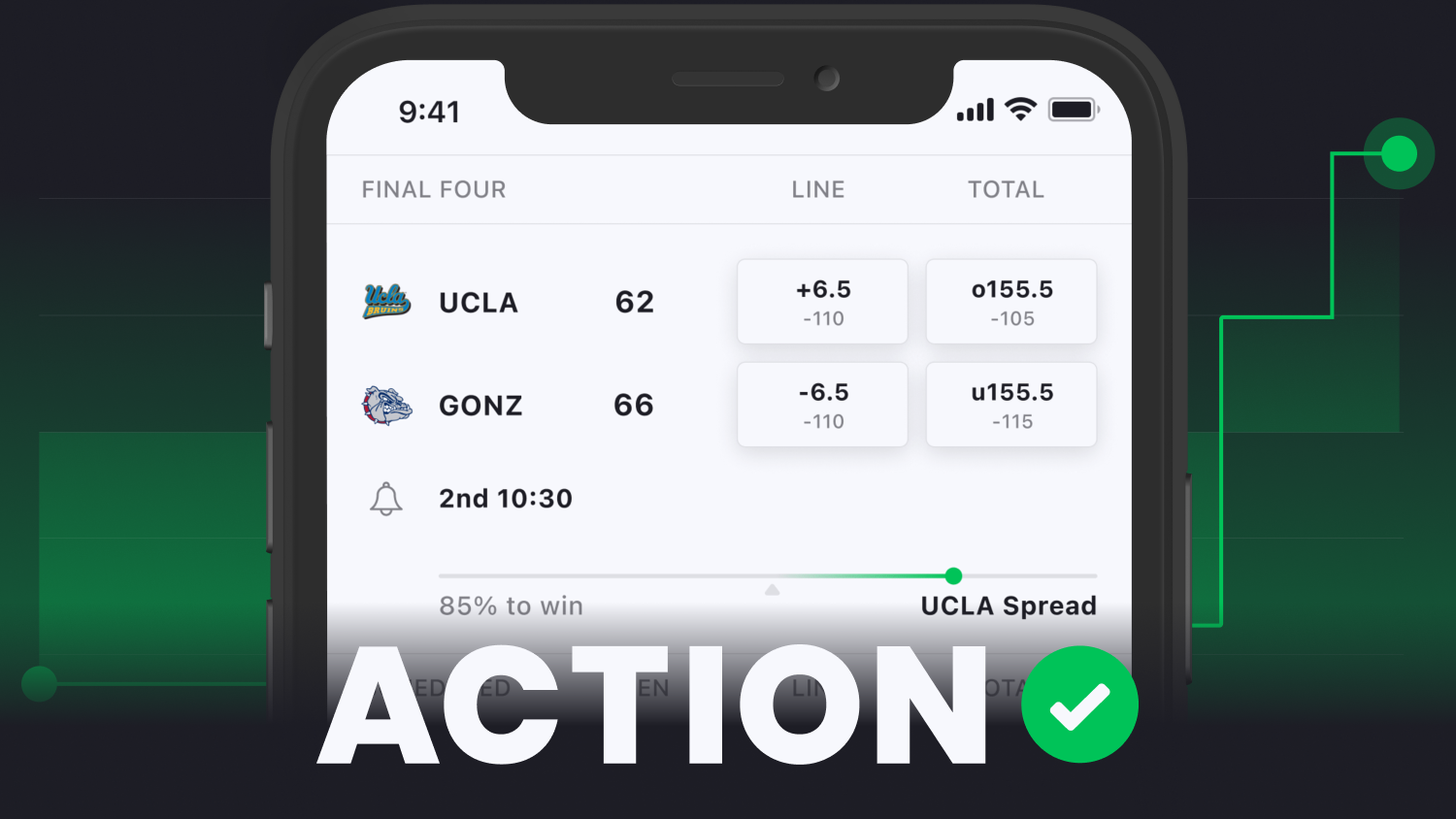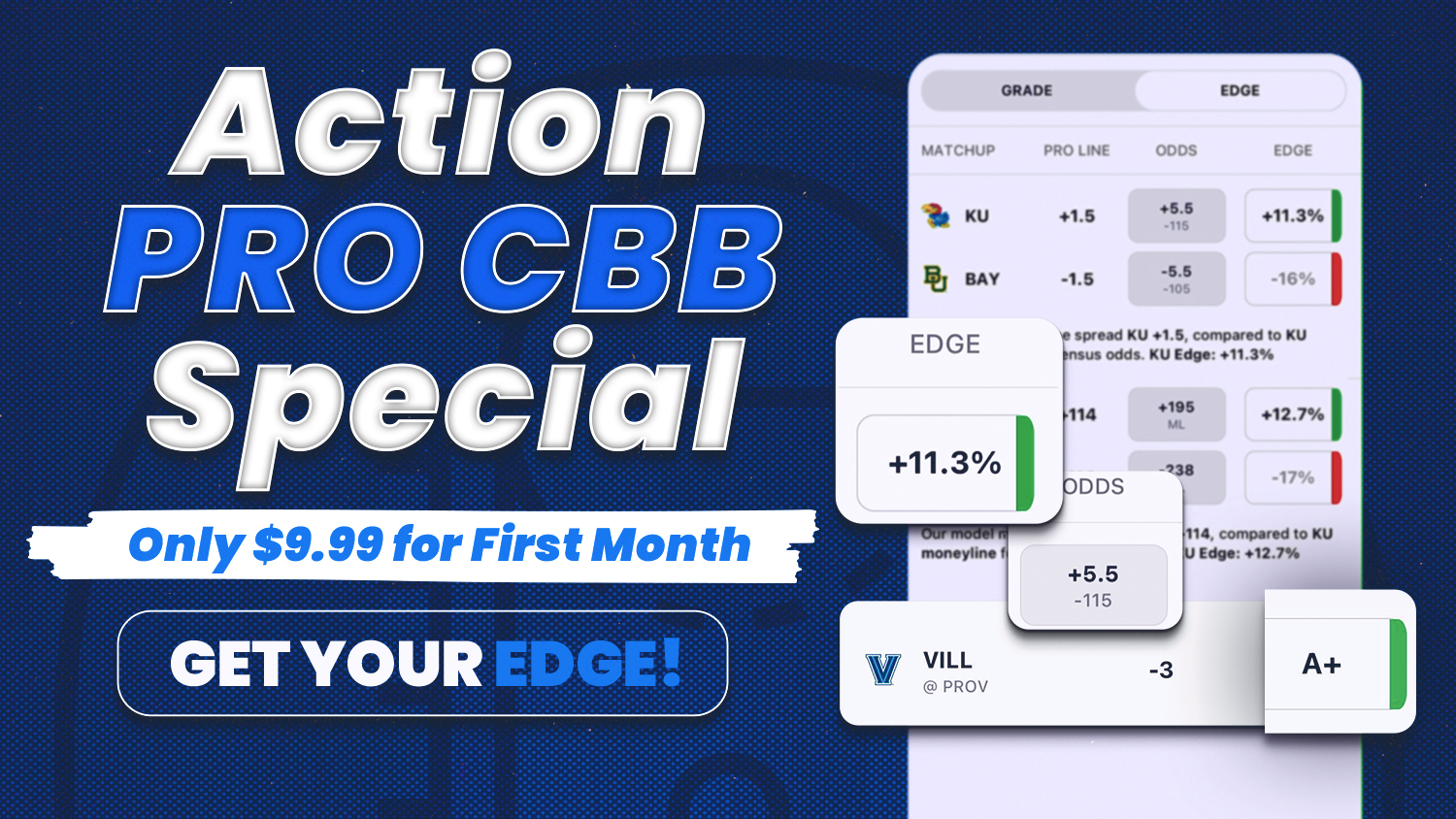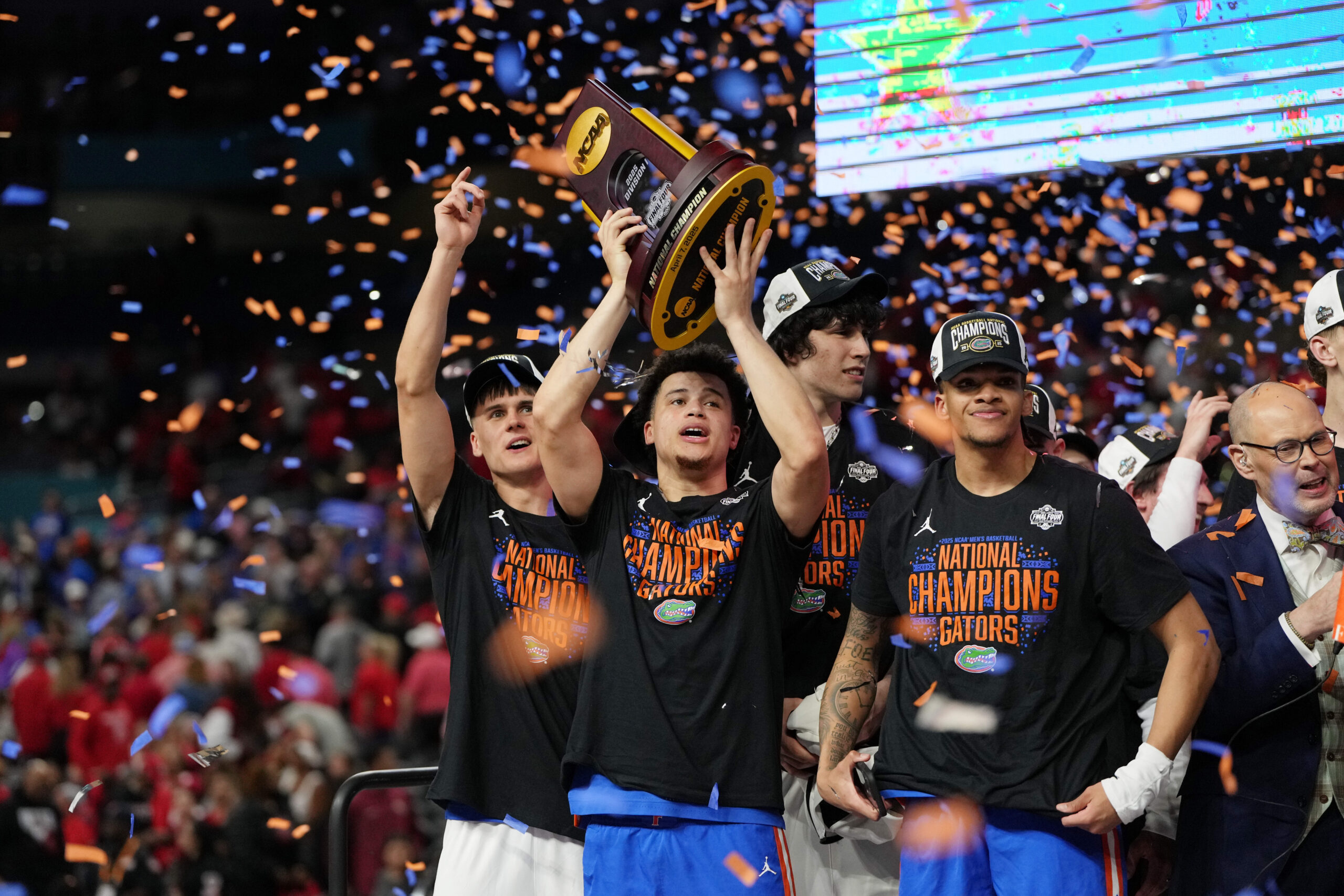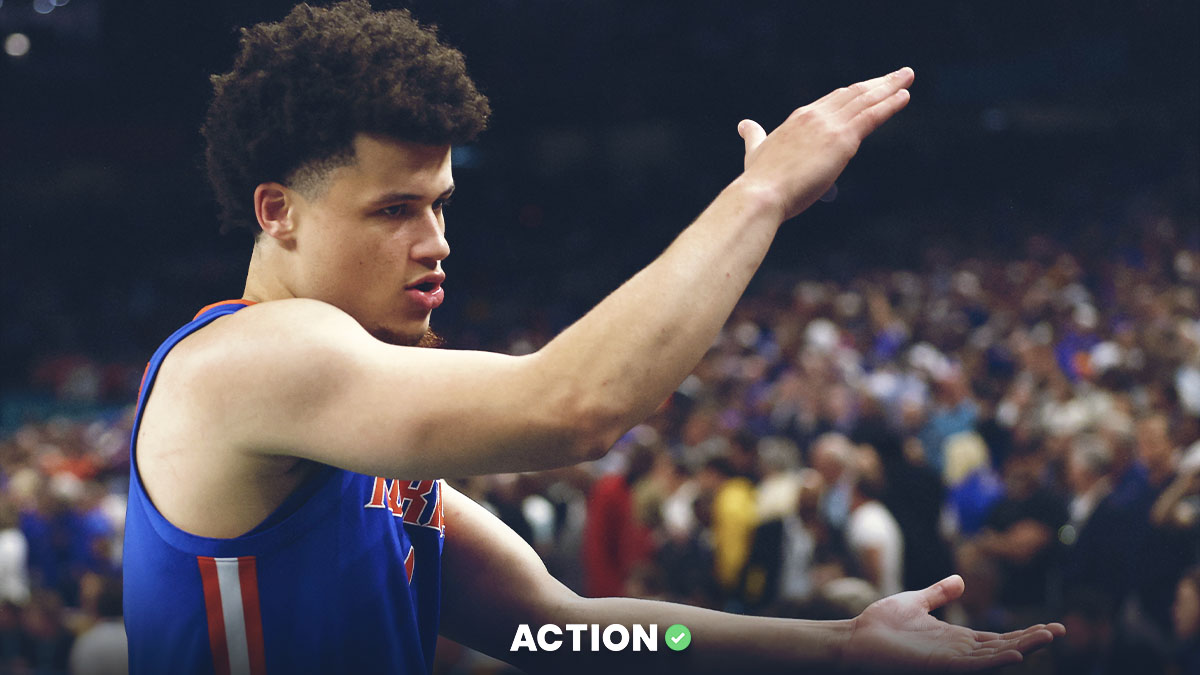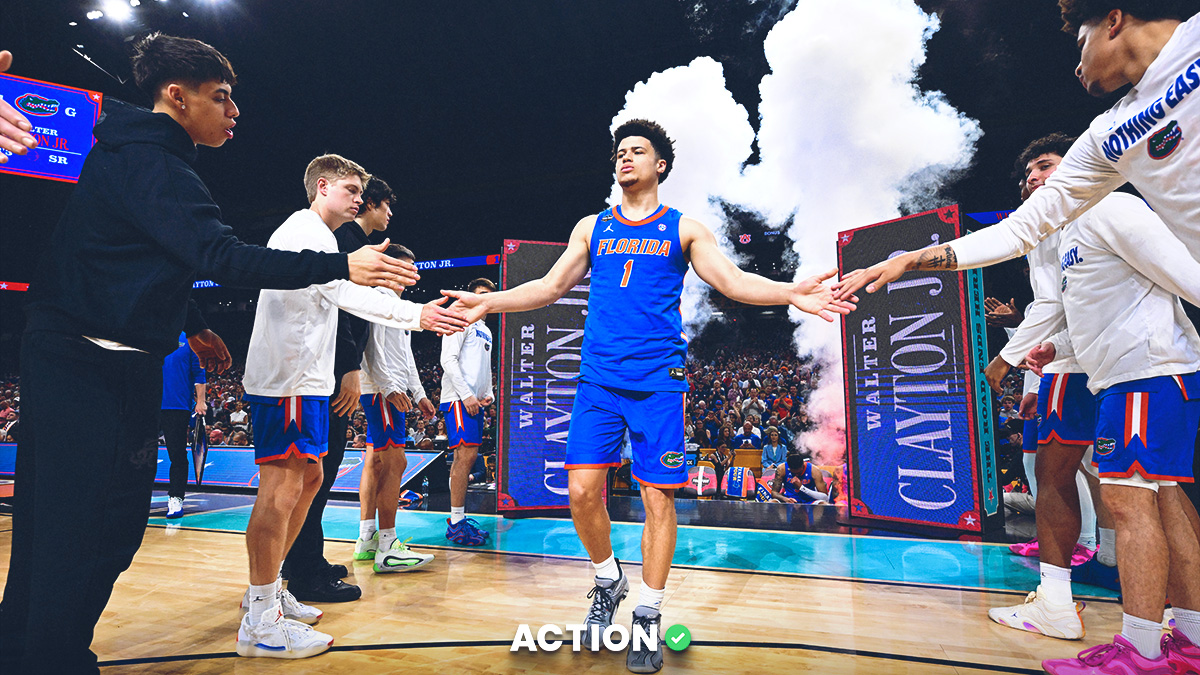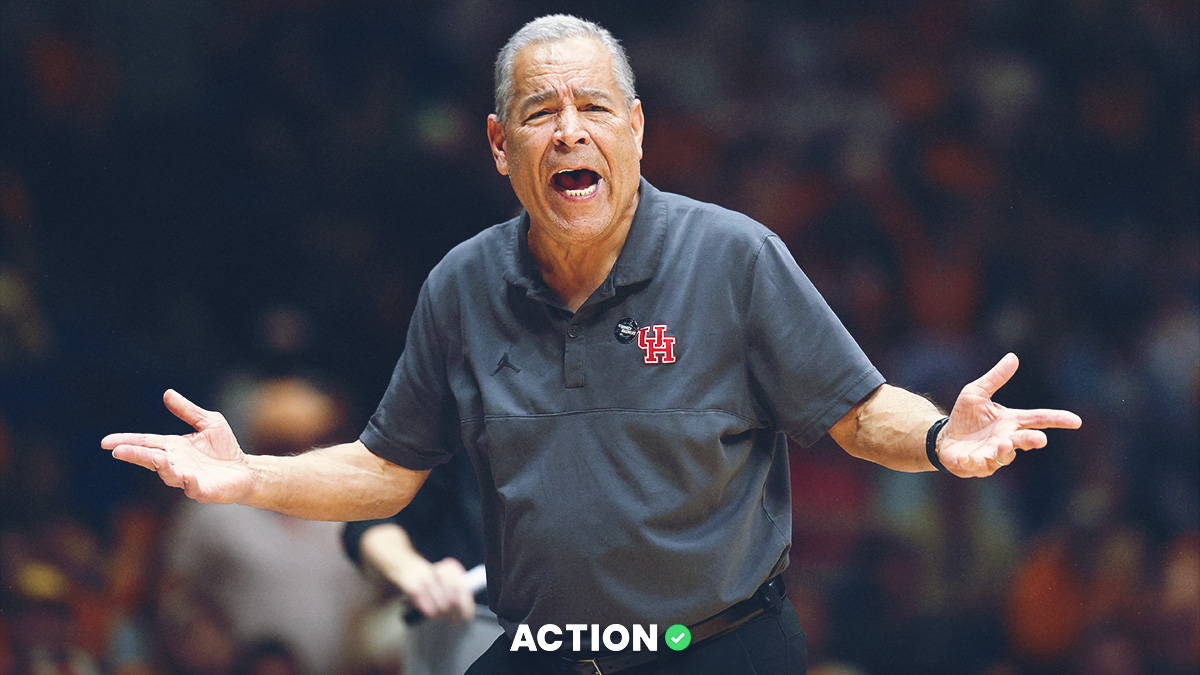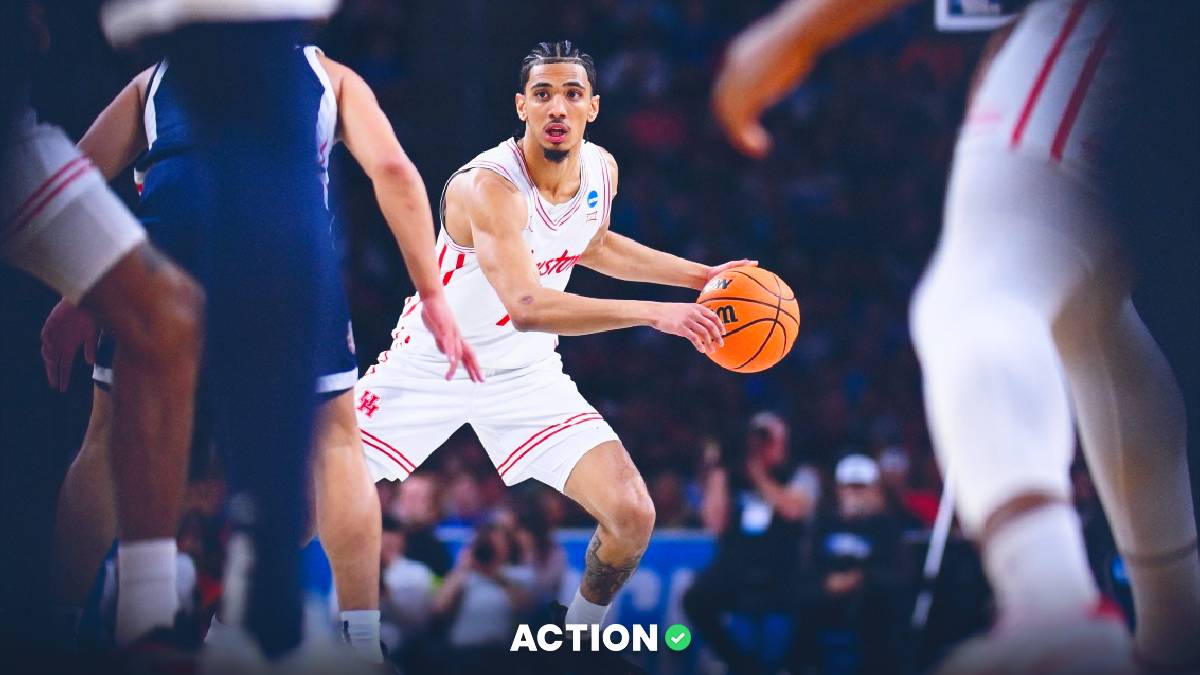There will be two types of consumers hitting the Calcutta auctions this week: those who correctly picked the 2023 Final Four and those who struck out.
The most profitable long-shot teams to reach the national semifinal came a season ago when no team seeded at No. 3 or higher made the trip to NRG Stadium in Houston.
Instead, Florida Atlantic, Miami, San Diego State and UConn rewarded investors in auction pools. As a participant in four different Calcuttas, the Owls and Aztecs never fetched more than 2% of the pot.
With history tracing back to India over 100 years ago, a Calcutta auction is an open bidding format on entries presented in a random order. For the purposes of March Madness, all 68 teams will be up for grabs as the gallery bids to own the rights of a particular team for a potential percentage of the total pot.
There are many strategies to employ in this kind of format, particularly when integrating the betting market into the execution of the auction. Once a group of peers has assembled, deciding on the payout structure is the next step.
Here's an example of a payout structure used in Calcutta formats for March Madness:
- 0.5%: First Round (32 winners, 16% of pot total)
- 1.5%: Second Round (16 winners, 24% of pot total)
- 3%: Sweet 16 (8 winners, 24% of pot total)
- 4%: Elite 8 (4 winners, 16% of pot total)
- 5%: Final Four (2 winners, 10% of pot total)
- 10%: National Champion (1 winner, 10% of pot total)
Tips for a Calcutta Auction

Payout Structure
Handicapping the payout structure comes first, as the payouts for the Round of 32 and Sweet 16 are crucial.
First-round payouts of 1% or higher will generate a deeper run for long-shot seeds. Payout structures that lean heavier on second-round victories place emphasis on higher seeds with a clear path to the Sweet 16.

First Four
Although the First Four is not rewarded for an initial victory, there's a high probability of earning a piece of the pot. A team from the First Four has advanced to at least the second round in 11 of the last 12 years.
The 2011 season even saw VCU advance to the Final Four, just as UCLA did in 2021.

Dust Off Those Spreadsheets
Get all of your Excel sheet skills ready, from VLOOKUP to SUMIF.
An investor participating in this type of auction must know the projected total pot to accurately calculate payouts at each level.
Once a team is bought, the dollar amount should be recorded with a formula to extrapolate all other projected prices by seed. For instance, an 8-9 seed should have near even odds to advance to the Round of 32.
Bids on a seed in this range should not exceed 0.5% with this payout structure. Similarly, a 2-seed is projected to make the Elite Eight, meaning a price point of 5% of the total pot is expected.
Keeping the payout structure in mind is crucial, as a 16-seed has value if it's going at a percentage of the total pot that exceeds the moneyline in the betting market.
When an auction is derailed by an inflated bet, using the current odds to hedge or get a piece of a team is always an option.

Fire Early, Fire Late
After participating in dozens of Calcuttas over the past decade, the first No. 1 seed to go off the board is always the cheapest.
Securing a team early sets the tone for the remainder of the bids. If the initial 4-seed is bought at $263, the best bet is that the remaining 4-seeds will see bidding above the initial buy.
The strategy of buying early to set the market can afford an auction participant a nap through the middle before sweeping the late teams. Always handicap your fellow player, as some may have budget limitations, or conversely, an infinite amount of funds to buy every team.
If another participant has made it clear they have a blank check, look to grab teams early in the cheap stage.
Another window of opportunity comes at the end of the auction with only a dozen teams on the board. General auction fatigue and budget constraints could limit the dollar size on team bids.

Power of the Pump
The most fun part of a Calcutta is driving up the price on your fellow participants. There's generally no reason to pump the first dozen teams that are randomly called for auction.
Using the "Fire Early" strategy, along with the payout structure strategy, the time to pump in an auction comes after securing the small number of teams at the beginning. With price points in place for the spreadsheet to calculate the projected pot size and price per team, look to pump from the 15th to the 45th team.
The best people to pump are fans and alumni of certain teams. My personal Calcutta auctions always have a bump on the Arkansas Razorbacks, as peers look to goat me into buying a university where my name is engraved on the sidewalk. Thankfully, the Hogs will not be a betting item this March.
Sticking to projected price points, I'm more than happy to bid on any team before the stock becomes oversold and only attainable in the betting market.
NC State and UAB won their respective conference tournaments, making each team a target to pump during the live auction. Since 2010, the Power Six tournament champions, including the Big East, average 2.2 wins in the tournament.
Only four teams in the sample of 78 conference tournament champions have won the national title, with three of those teams coming from the Big 12.
The timing of the pump can't be any better than when two other investors are going head-to-head for a team. Consistently smashing the auto-bid button can send potential investors into a frenzy for the hot team.
If there's no interest in a team, pump the bid until one of the bidders starts to slow. With every passing dollar going into other teams, the value of an acquired portfolio will rise.
With these tips in hand, there's nothing to stop a smart investor during a Calcutta auction. Armed with price point, timing and the ambition to run through the budgets of others, let’s take a look at a few teams to buy, sell and pump.
Buy: McNeese Cowboys
Folks in Spokane knew that a first-round matchup with McNeese could be problematic. Cowboys head coach Will Wade has transformed this program from an 11-win team to a 30-win team in less than a year.
McNeese has the third-longest active win streak in Division I, relying on the sixth-highest defensive turnover rate. The Cowboys have seen a steady increase in points per possession over the last month.
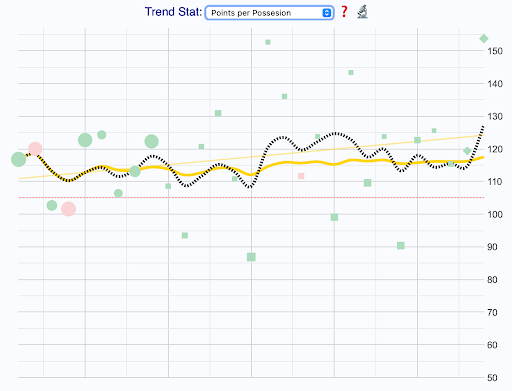
Gonzaga played much better down the stretch, but the defense continues to struggle forcing turnovers. The Bulldogs rank 215th in defensive turnover rate and sit in the bottom-half nationally in defending the 3-point arc.
Gonzaga has seen a negative growth in opponent points per possession since mid-February.
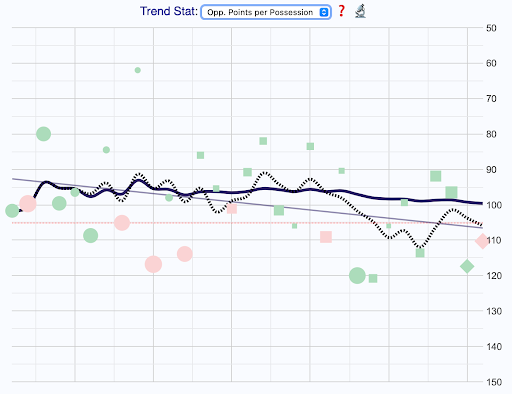

Sell: UAB Blazers
As referenced earlier, conference tournament winners rarely make noteworthy bracket runs. With five consecutive victories, the Blazers are expected to be a hot item at the auction table.
There may be a bit of fool's gold in the UAB bag, ranking outside the top 100 in the NET after losing all four Quad 1 opportunities.
Up next is a San Diego State team that ranks inside the top 25 in the NET rankings.
The Aztecs enter the tournament with a top-10 defense, per KenPom's adjusted efficiency metric. Meanwhile, the Blazers have consistent issues with ball protection, ranking 273rd in offensive steal rate.
With a heavy offensive advantage in rebounds and free-throw rate, San Diego State should cover and advance to the Round of 32.
In the next matchup, Yale and Auburn would also struggle against San Diego State's defense.
Pump: Kansas Jayhawks
Injuries played a role in the Jayhawks' exit from the Big 12 Tournament.
Hunter Dickinson and Kevin McCullar are the two biggest contributors to Kansas basketball, and each is questionable for the first round of the tournament.
Head coach Bill Self was confident they'd be available, with Dickinson getting in his first full-contact practice this week.
Hunter Dickinson just went straight to the locker room after coming down with an apparent shoulder injury after this play. Not good for Kansas, esp. with McCullar already dinged up. pic.twitter.com/XRKwoq0OBu
— Kyle Boone (@kyletheboone) March 9, 2024
As a 4-seed, the Jayhawks are priced as a Sweet 16 team that will generate 2% of the pot.
This calculation represents the floor price of Kansas in auction pools. The ceiling correlates with a Sweet 16 victory, earning another 3% of the pot.
Kansas is a team to pump, especially with positive news on Dickinson and McCullar. Make the bid reach 2% of the projected pot, jamming the auction with increases until 4%.


